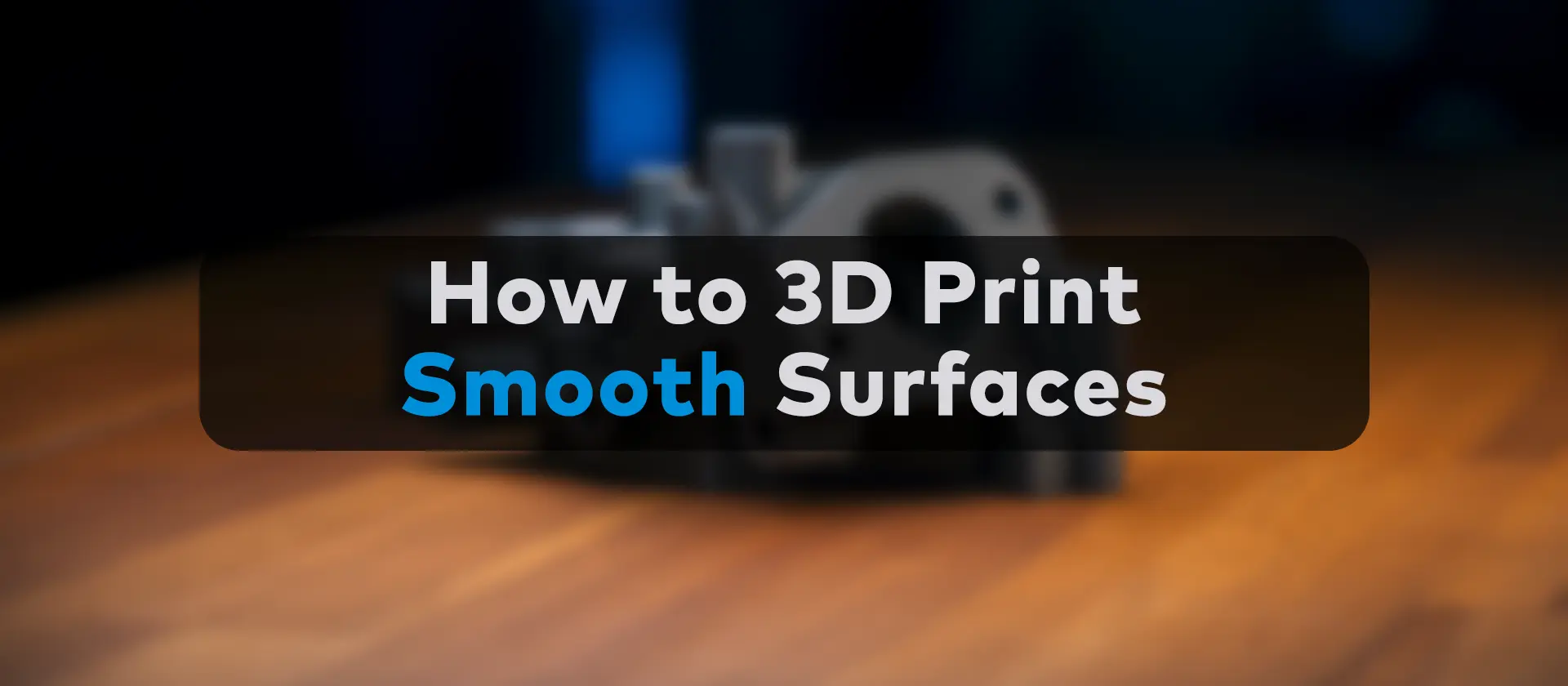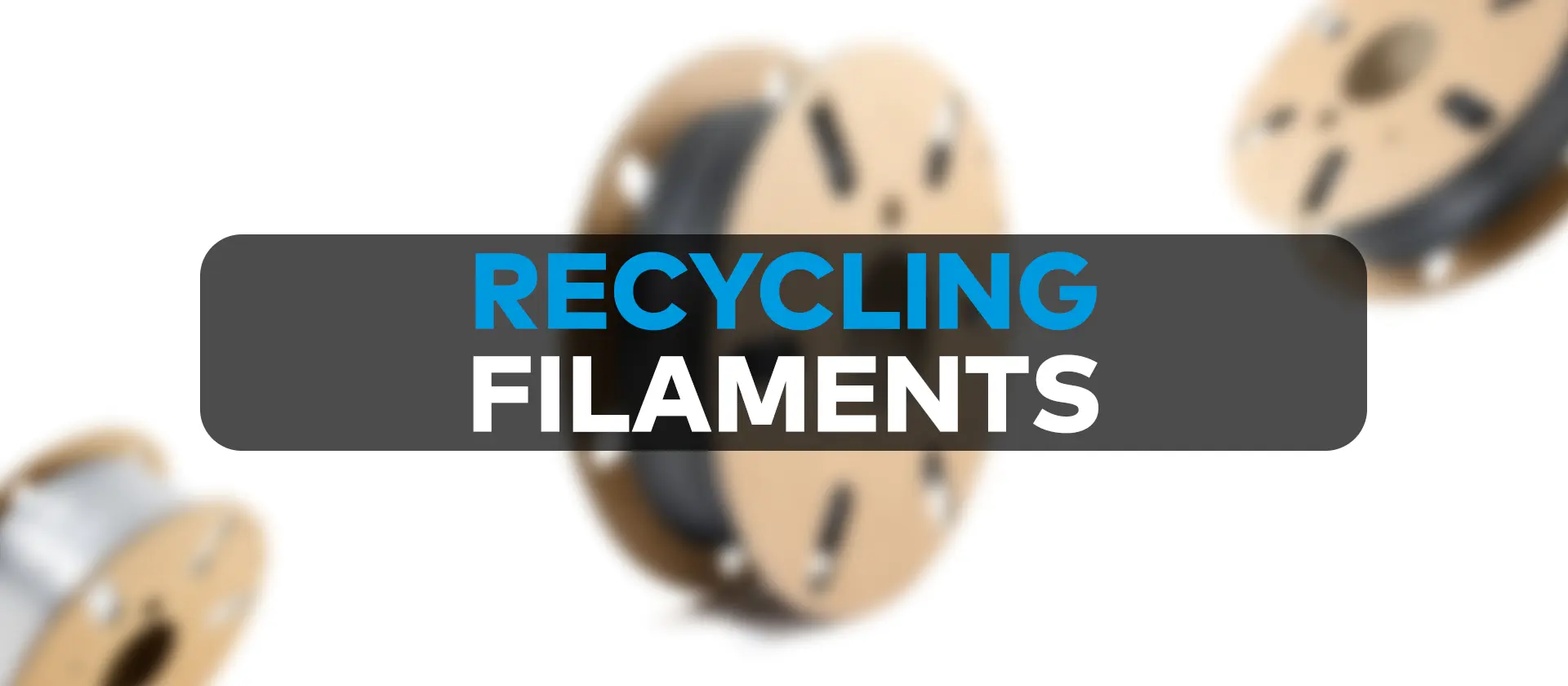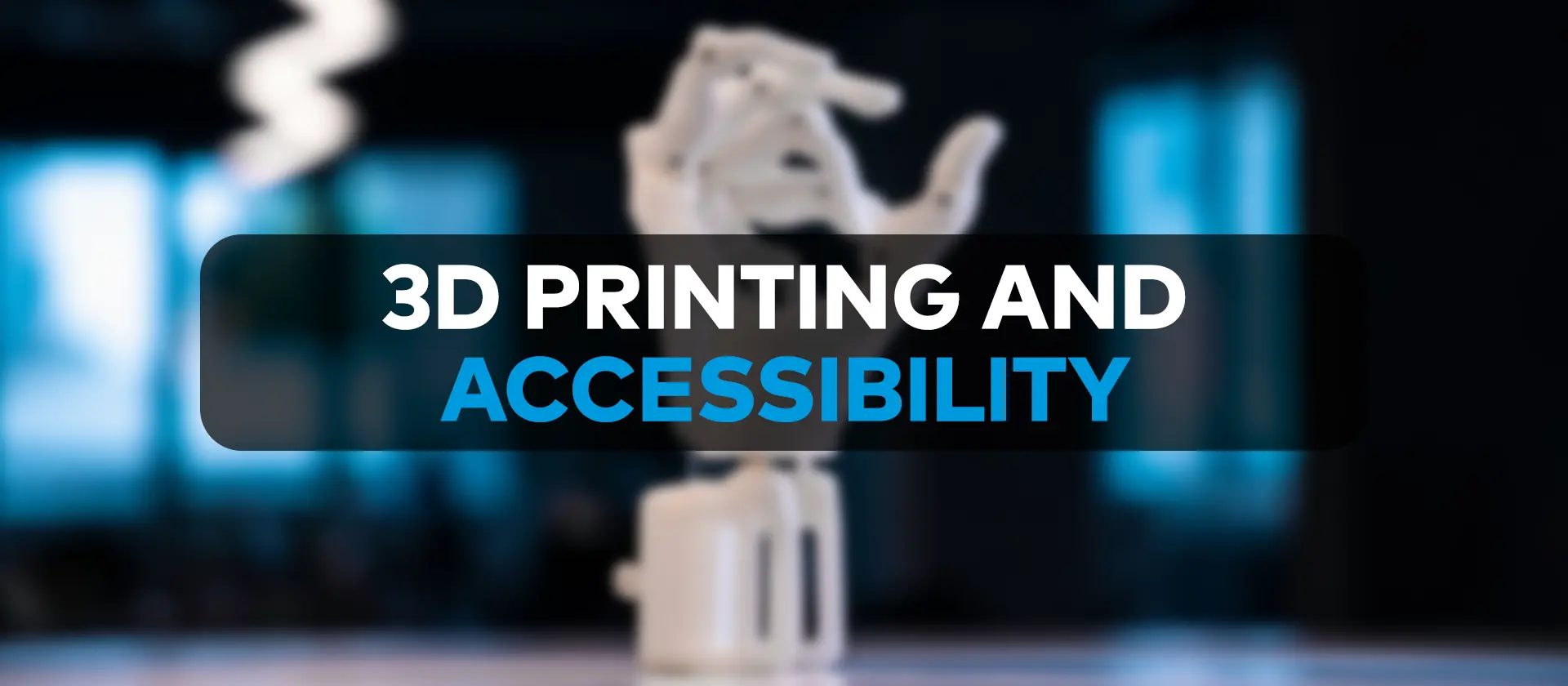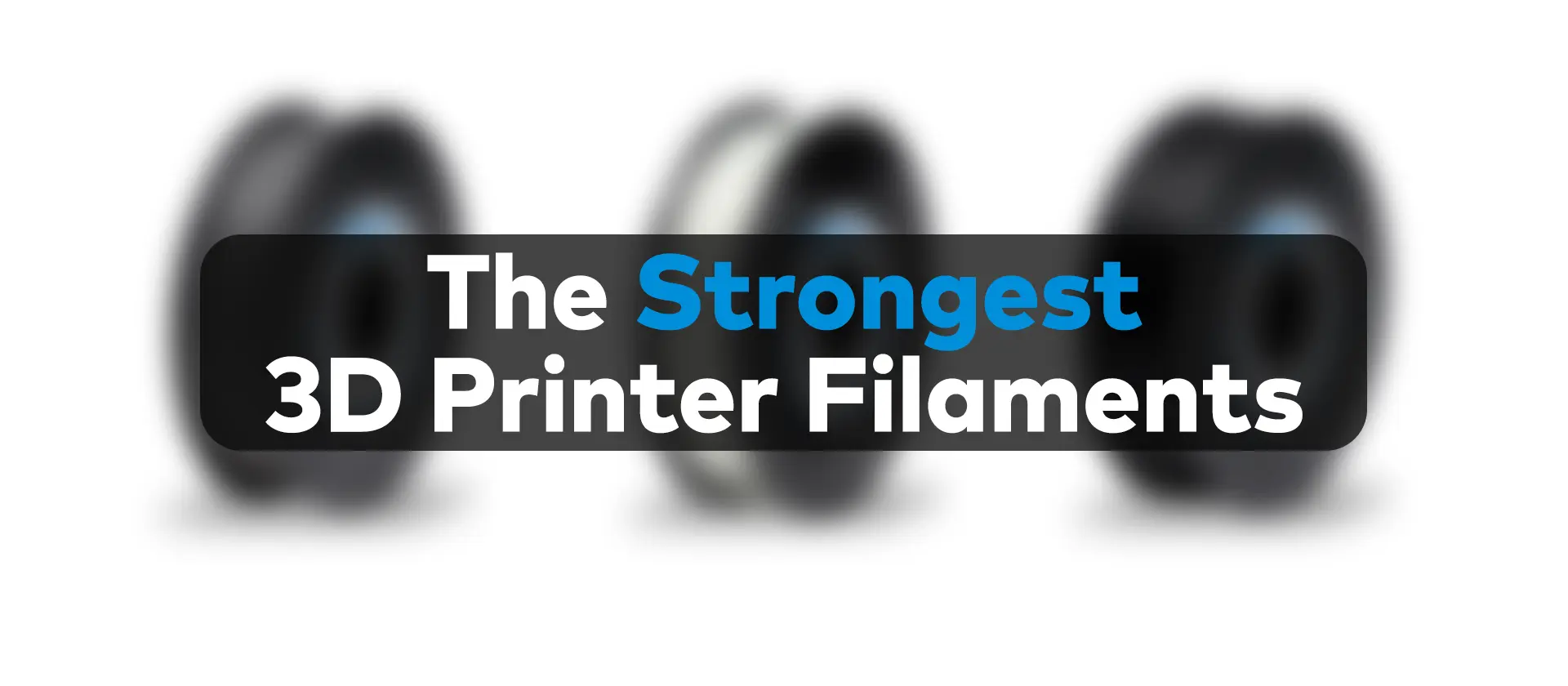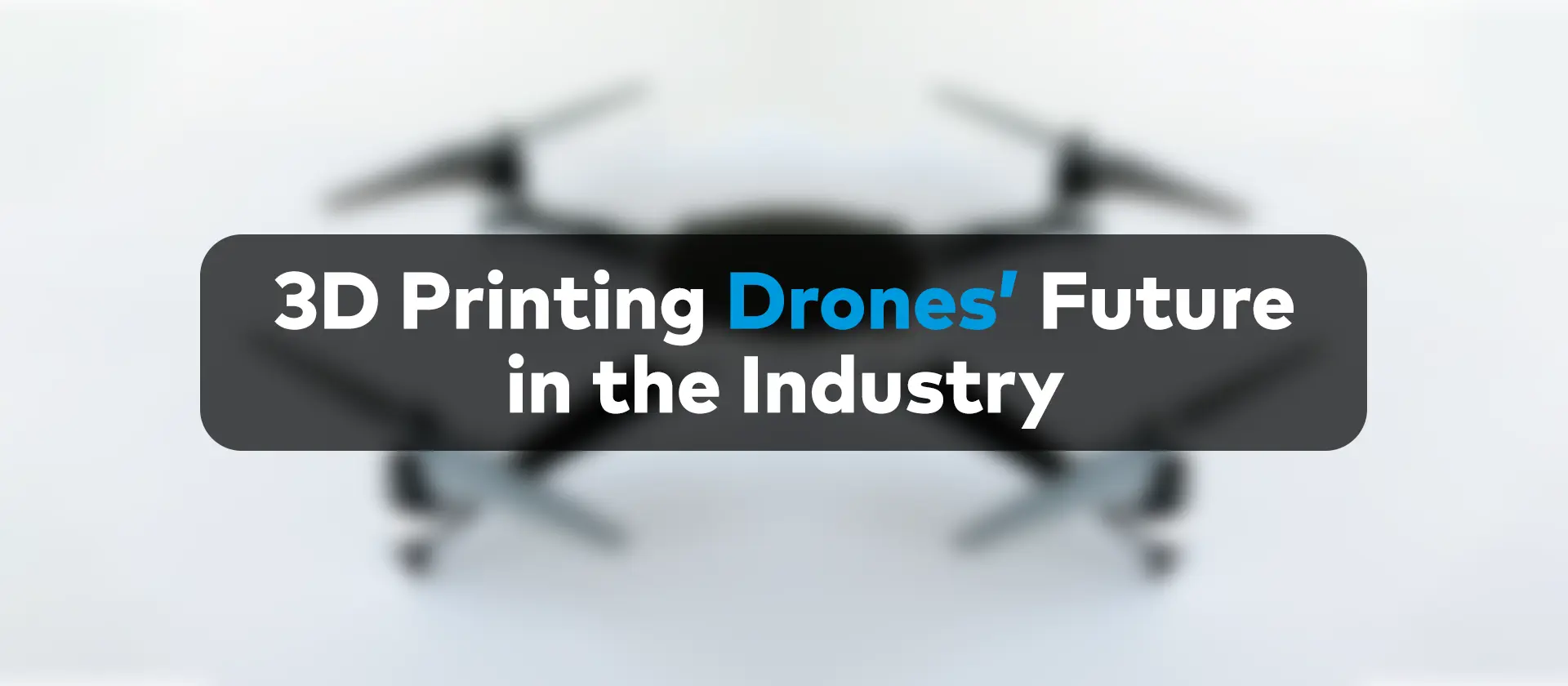PLA is one of the, if not the, most popular filaments used in FDM 3D printing. The popularity of the material is no coincidence. It is exceptionally easy to print with, very budget-friendly, and sustainable as it is mostly derived from corn starch. PLA also has a pretty smooth finish,
Popular
Silky smooth surfaces are the dream of and a point of pride for many 3D printing enthusiasts. Not only do they make your prints look much better and cut down on the time you will spend on post-processing, but they are also a good indicator that your 3D printer is
Considering the current state of the environment, we can all agree that our planet can benefit from us using less plastic. 3D printing isn’t necessarily damaging to the environment as additive manufacturing offers a wide variety of filaments to choose from, some of which are pretty environmentally friendly. But producing
3D printing makes our lives easier in a number of ways. But when we think of how additive manufacturing provides convenience in our lives, we often think about things like more flexible production in a professional environment or DIY tools for home use. Beyond that, 3D printing has the potential
Strength is a much sought-after property for a 3D-printed item. It will dictate the durability and longevity of the printed end-use products and is directly correlated with the performance of the parts. Additive manufacturing is now being used in more fields than it ever did and as different industries start
3D printing and drones are two unstoppable juggernauts of the tech industry right now based on the speed at which they develop and reinvent themselves. They both sort of offer a level of freedom in their respective fields that was not seen until very recently and the full potential of


